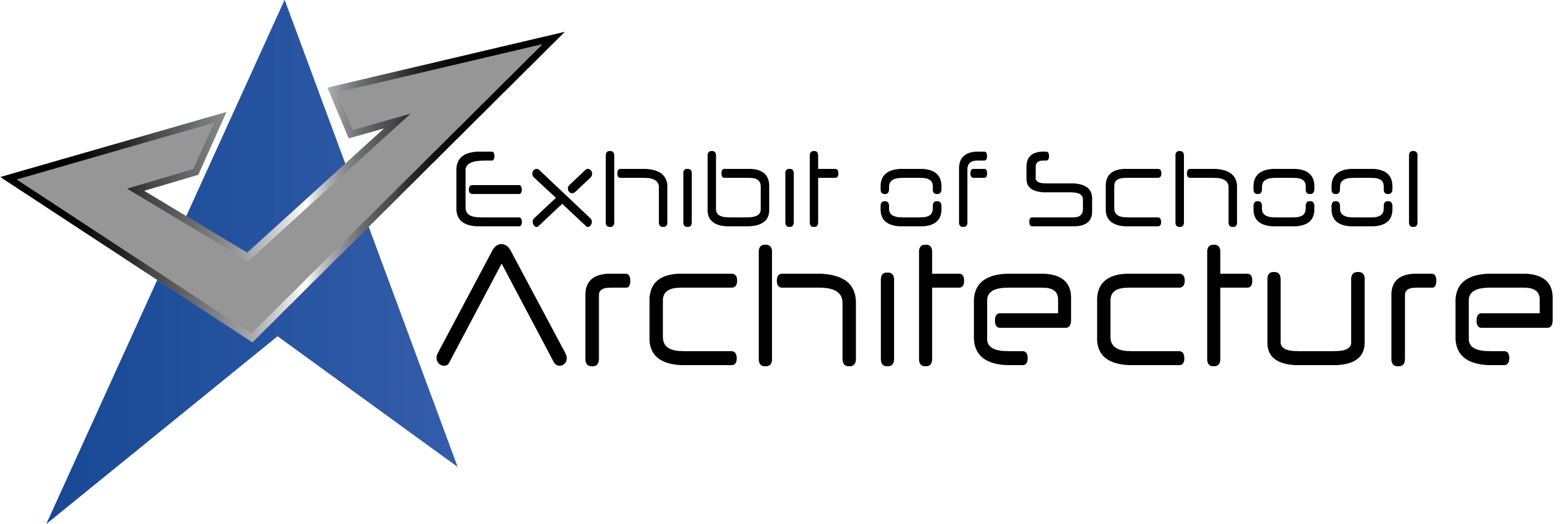Midland ISD—Ralph Bunche Elementary
Architect: WRA Architects
A Sustainable project designed for maximum long-term cost-efficiency and the full complement of the District’s new 21st Century learning features. The project replaces an old school with an all new building that boasts collaborative teaching areas, special-purpose and multi-function spaces, and shared community-use spaces. Each grade level has its own large Collaboration Area adjacent to its classrooms, and large glass walls enable teachers and staff to monitor multiple areas simultaneously.
Community
 This community was presented an opportunity to build an all new 21st Century school from scratch in an established neighborhood that had previously been underserved: The project replaces the old school which had already been abandoned and demolished, but the District’s growth required reusing this location. The school’s namesake, a leading community educational figure, is prominently featured in a major design element, the “Main Street Word Wall,” detailing the person’s inspiring contribution.
This community was presented an opportunity to build an all new 21st Century school from scratch in an established neighborhood that had previously been underserved: The project replaces the old school which had already been abandoned and demolished, but the District’s growth required reusing this location. The school’s namesake, a leading community educational figure, is prominently featured in a major design element, the “Main Street Word Wall,” detailing the person’s inspiring contribution.
Design
 The Owner’s vision for the new school was a design that would enhance the District’s new 21st Century learning methods. A key priority called for Collaborative Learning Spaces and Shared-Use Areas within the Instructional zones, and further, to reflect those Collaboration Areas outwardly to the community through the articulation of the exterior facade in its massing, color, and materials. As built, each grade on each floor has its own Collaboration Area immediately adjacent to its classrooms.
The Owner’s vision for the new school was a design that would enhance the District’s new 21st Century learning methods. A key priority called for Collaborative Learning Spaces and Shared-Use Areas within the Instructional zones, and further, to reflect those Collaboration Areas outwardly to the community through the articulation of the exterior facade in its massing, color, and materials. As built, each grade on each floor has its own Collaboration Area immediately adjacent to its classrooms.
Planning
 Planning goals were set in several community meetings which included alumni from the old school. Goals included designing a new building that would support the District’s new 21st Century learning methods; Collaborative Learning and Shared-Use spaces in the classroom areas; and to creatively broadcast those Collaboration Areas outwardly to the community by manipulating the exterior façade’s massing and color. Each grade on each floor has its own Collaboration Area within its classroom area.
Planning goals were set in several community meetings which included alumni from the old school. Goals included designing a new building that would support the District’s new 21st Century learning methods; Collaborative Learning and Shared-Use spaces in the classroom areas; and to creatively broadcast those Collaboration Areas outwardly to the community by manipulating the exterior façade’s massing and color. Each grade on each floor has its own Collaboration Area within its classroom area.
Sustainability
Designed by LEED AP architects for Sustainability in a locale with harsh temperatures and limited rain, the project’s environmental features include: A two-story arrangement on the site allows additional play fields and a very large playground next to the gymnasium. The building is designed for significantly reduced energy consumption by a compact design, optimum solar orientation, daylight throughout, monitored LED light controls, and a computer controlled four-pipe central plant HVAC system.
Value
Extreme economy of life-cycle cost was one of several goals driving this design. Highly durable long-life materials are used throughout; landscaping is all native plants adapted to the local ecosystem (minimal irrigation); motion detectors turn lights off in unoccupied rooms; all classrooms have ample daylight; each classroom has a separate “daylight zone” which can be dimmed when daylight level is high; and a computer monitored Energy Management System keeps the HVAC operating efficiently.
School Transformation
This 60-year old school’s original building had been abandoned and demolished, but the District’s new growth required reusing the site. This new building carries the original name but transforms this neighborhood’s local school by drastically elevating it into a fully Sustainable 21st Century learning center. Planned from scratch, this school’s new home fulfills its vision with technology, varied learning spaces, Collaboration Areas, and a new assortment of special-use and multi-function rooms.




































